Stoney’s British Pub
3007 Concord Pike
Wilmington, DE
7:30pm
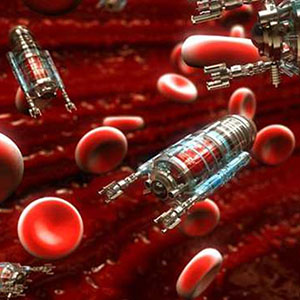 Paulo E. Arratia
Paulo E. ArratiaUniversity of Pennsylvania
“A Fantastic Voyage – From Bacteria to Micro-robots”
In 1966, the science fiction flick Fantastic Voyage had a submarine crew shrunk to microscopic size to travel through a person’s body to fight brain disease and remove a clot. Traveling in their miniaturized submarine, Proteus, the crew fights off the body’s immune system and successfully completes their task. Today, scientists and engineers around the world are trying to make this voyage a reality – or at least the good parts of it. In this talk, I will review a few fundamental ideas and concepts in trying to design microscopic sized robots and the many challenges that still need to be overcome. In particular, I will discuss the main challenges in achieving efficient motility or propulsion as the system size (i.e. submarine) shrinks down to the micro- and/or nano-scale. I will argue that one can learn quite a bit from nature. Microorganisms such as bacteria, algae, and sperm cells have learned how to actively move in a diverse set of environments. By studying these biological systems in detail we may be able to mimic and reverse engineer their success.
University Club
Inn at Penn Hotel
36th & Walnut Street
Philadelphia, PA
6:00pm
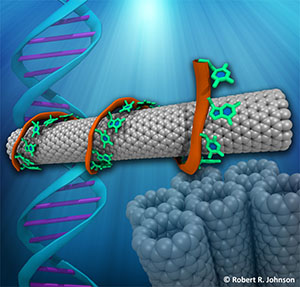 A.T. Charlie Johnson
A.T. Charlie JohnsonPhysics & Astronomy, University of Pennsylvania
“A ‘Bionic Nose’ to Smell Cancer - From Small Science to Major Applications”
Physicist A.T. Charlie Johnson, Director of Penn’s Nano/Bio Interface Center, understands that less is definitely more. Johnson forges groundbreaking basic discoveries in nanoscience that are then used in the development of important applications in industry and medicine. He is currently pursuing research to create a bionic nose, a nanoscale sensor device that he hopes one day will be used to sniff out cancer much like the olfactory capabilities of trained working dogs. He is also co-founder of the startup company Graphene Frontiers, which is headquartered in the University City Science Center.
Stoney’s British Pub
3007 Concord Pike
Wilmington, DE
7:30pm
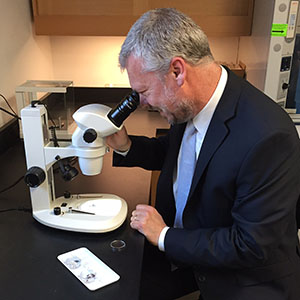 Steve Tinney, Deputy Director, Penn Museum
Steve Tinney, Deputy Director, Penn Museum“Archaeological Science at the Penn Museum: The Center for the Analysis for Archaeological Materials, CAAM”
The University of Pennsylvania’s new Center for the Analysis of Archaeological Materials, housed in the Penn Museum, is a suite of laboratories and classrooms which supports teaching and research in archaeobotany, archaeozoology, human skeletal analysis, ceramics and ceramic petrography, lithics, and archaeometallurgy.In combination with the Museum’s collection of over a million objects it provides opportunities for students and researchers to develop new understandings of archaeological finds.In this talk Steve Tinney will describe the Center, present some recent findings, and discuss future possibilities.
Stoney’s British Pub
3007 Concord Pike
Wilmington, DE
7:30pm
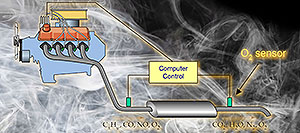 Raymond J. Gorte
Raymond J. GorteDepartment of Chemical & Biomolecular Engineering, University of Pennsylvania
“Automotive Emissions-Control Systems: How Does It Work and What Did Volkswagen Do?”
The emissions-control systems on modern automobiles and trucks are amazingly successful and amazingly complex. With gasoline-powered vehicles, the basic technology has been unchanged for more than 20 years. It employs feedback computer control of the engine and increasingly sophisticated tailpipe sensors and catalysts. However, because this technology requires that the engine be operated at the stoichiometric air-fuel ratio, it cannot be used with the more efficient lean-burn engines, which includes Diesel engines. The emissions systems on these vehicles are even more complex and amount to having a chemical plant in your tailpipe.
This talk will provide an overview of how these technologies work and how one can cheat.
University Club
Inn at Penn Hotel
36th & Walnut Street
Philadelphia, PA
6:00pm
 Raymond J. Gorte
Raymond J. GorteDepartment of Chemical & Biomolecular Engineering, University of Pennsylvania
“Automotive Emissions-Control Systems: How Does It Work and What Did Volkswagen Do?”
The emissions-control systems on modern automobiles and trucks are amazingly successful and amazingly complex. With gasoline-powered vehicles, the basic technology has been unchanged for more than 20 years. It employs feedback computer control of the engine and increasingly sophisticated tailpipe sensors and catalysts. However, because this technology requires that the engine be operated at the stoichiometric air-fuel ratio, it cannot be used with the more efficient lean-burn engines, which includes Diesel engines. The emissions systems on these vehicles are even more complex and amount to having a chemical plant in your tailpipe.
This talk will provide an overview of how these technologies work and how one can cheat.
University Club
Inn at Penn Hotel
36th & Walnut Street
Philadelphia, PA
6:00pm
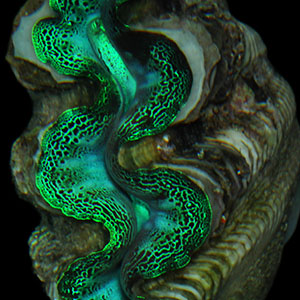 Alison Sweeney
Alison SweeneyDepartment of Physics, University of Pennsylvania
“Deep Sea or Deep Space? Observations of structure and diversity in the near-universe and earth's own deep sea.”
Most of the habitable volume of planet earth is in the deep ocean, far away from the surface and earth’s atmosphere, or from the mostly muddy ocean floor. Creatures this habitat live in a three-dimensional void something like a cartoon version of living in outer space. A surprising diversity of colors, reflective surfaces and light-emitting organs can also be found in the animals found here. These observations suggest that the habitat is ecologically rich and structured as a coral reef or tropical rainforest, but since humans can’t directly observe behavior in this environment, our studies must be forensic in nature. The animals in the deep sea are arguably more challenging to observe in any systematic way than planets in our solar system or nearby galaxies. This talk will discuss some of the common challenges to astronomical observations and deep-sea biology, and the ways in which humans can observe the near-universe are at a more scientifically mature than our understanding of the deep ocean on our own planet.
Stoney’s British Pub
3007 Concord Pike
Wilmington, DE
7:30pm
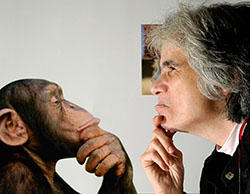 Janet Monge
Janet MongeAnthropology, University of Pennsylvania
“Forensic Anthropology”
The basic analytic tool kit of forensic anthropologists is applied to 3 very different case studies. Dealing with decomposed or partially decomposed human remains presents a special set of challenges to anthropologists working in forensics. Indeed, in only about 25% of cases can anthropologists contribute in significant ways to forensic cases – contra the popular lore as portrayed in TV shows like BONES. This presentation will include discussions of the limitations of forensic anthropology and include cases in which the forensic anthropologist have been wrong in their assessment of the remains.
Stoney’s British Pub
3007 Concord Pike
Wilmington, DE
7:30pm
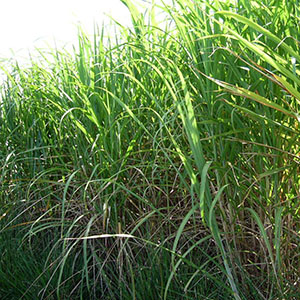 E. Kendall Pye
E. Kendall Pye“How will Climate Change Change the Chemical Industry?”
The recently concluded U. N. Climate Change Conference (UNFCCC) in Paris brought together over 150 nations seeking solutions to the predicted dire consequences of global warming. Increasing atmospheric concentrations of greenhouse gases (GHG), – most notably CO2 from fossil carbon sources,- are generally recognized as being responsible for the rapidly rising temperatures worldwide. Therefore these nations have pledged to reduce future CO2 emissions by 50-70% by 2050. These commitments, – if adhered to, – will dramatically impact all industries that currently use fossil carbon feedstocks, not only the energy production industries, but also those chemical industries that rely heavily on petroleum-based feedstocks.
While these impending environmentally-driven restrictions may be regarded negatively by some in the chemicals industry, breakthrough scientific advances in biology and agriculture are now occurring. These are providing opportunities for the chemicals industries to transition smoothly to bio-based feedstocks and renewable chemicals that have minimal environmental consequences, and might even be positive in the fight against GHG-induced climate change.
University Club
Inn at Penn Hotel
36th & Walnut Street
Philadelphia, PA
6:00pm
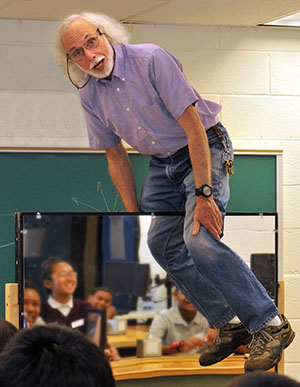 Bill Berner
Bill BernerDepartment of Physics, University of Pennsylvania
“It's All Smoke and Mirrors: The Physics of Images”
The behavior of mirrors and magnifying glasses will be demonstrated with some of the Physics Demonstration Lab’s best eye candy.
The how and why of image formation will be pursued with phantom light bulbs, levitating lecturers, a trip through the looking glass; and yes, even a smoke machine.
University Club
Inn at Penn Hotel
36th & Walnut Street
Philadelphia, PA
6:00pm
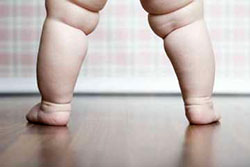 Struan F.A. Grant
Struan F.A. GrantPediatrics, Perelman School of Medicine, University of Pennsylvania
“Obesity and Type 2 Diabetes ARE Genetic: Successes from Genome Wide Scans”
Struan has been conducting human genomics research for over 15 years in locations including Scotland, Australia, Iceland and, most recently, the US. The highlights of his career include the discovery of the strongest associated gene with type 2 diabetes reported to date and leading the largest international effort to characterize genes influencing common childhood obesity.He will discuss his research in simple language and show how it is easier to study type 2 diabetes and obesity in children due to their shorter exposure to the environmental factors that can complicate analyses in adults.
Stoney’s British Pub
3007 Concord Pike
Wilmington, DE
7:30pm
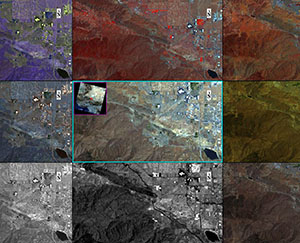 Jane Dmochowski
Jane DmochowskiEarth and Environmental Science, University of Pennsylvania
“Remote Sensing: The Earth's Increasingly Helpful Physician”
In 1858, combining the inventions of the camera and the hot air balloon, French photographer and balloonist, Gaspar Felix Tournachon, revealed our world from a perspective never seen before—from above. As airplanes and then satellites took to the skies, and photographic technology improved rapidly over the last century and a half, the black and white photos of the early days evolved into the detailed, beautiful and informative microwave, multispectral, and hyperspectral “remote sensing” images of today. These images now give us much more than a new perspective, they help us to detect oil spills, determine soil moisture content, monitor vegetation growth, find mineral ores, observe ocean circulation, find ancient archeological sites, determine how much Earth shifted in an earthquake, and so much more. These observations act, to some degree, as the Earth’s physician, monitoring its health and helping to indicate potential paths to sustainability for Earth and its parasite, humans. This talk will explore some of these monitoring systems and what they’re telling us about Earth’s health today.
Inn at Penn Hotel
36th & Walnut Street
Philadelphia, PA
6:00pm
 Jane Dmochowski
Jane DmochowskiEarth and Environmental Science, University of Pennsylvania
“Remote Sensing: The Earth's Increasingly Helpful Physician”
In 1858, combining the inventions of the camera and the hot air balloon, French photographer and balloonist, Gaspar Felix Tournachon, revealed our world from a perspective never seen before—from above. As airplanes and then satellites took to the skies, and photographic technology improved rapidly over the last century and a half, the black and white photos of the early days evolved into the detailed, beautiful and informative microwave, multispectral, and hyperspectral “remote sensing” images of today. These images now give us much more than a new perspective, they help us to detect oil spills, determine soil moisture content, monitor vegetation growth, find mineral ores, observe ocean circulation, find ancient archeological sites, determine how much Earth shifted in an earthquake, and so much more. These observations act, to some degree, as the Earth’s physician, monitoring its health and helping to indicate potential paths to sustainability for Earth and its parasite, humans. This talk will explore some of these monitoring systems and what they’re telling us about Earth’s health today.
Stoney’s British Pub
3007 Concord Pike
Wilmington, DE
7:30pm
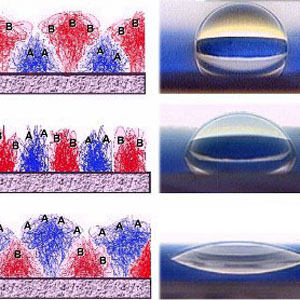 Preston B. Moore
Preston B. MooreChemistry Department, University of the Sciences, Philadelphia
“Smart Materials That Respond to Stimuli”
Materials that change in response to stimuli are very desirable for a range of applications from biometrics to energy storage. Recently, a facile synthetic route to binary polymer brushes and mosaic polymer brushes, which are novel and unique organizations of polymers at solid substrates, has been reported. Mosaic brushes are homogeneously distributed islands of densely grafted polymers, whereas the binary brushes are two immiscible polymers grafted to the surface. Both are smart materials that feature well-developed interfaces and stimuli-responsive behavior. The talk will discuss the synthesis and simulations of these novel materials, and their potential applications.
Stoney’s British Pub
3007 Concord Pike
Wilmington, DE
7:30pm
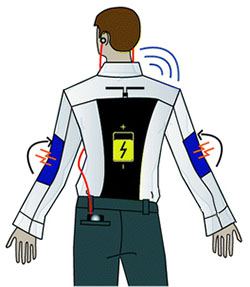 Carlos Perez
Carlos PerezMSE, University of Pennsylvania
“The Missing Piece: Energy Storage for a Sustainable World”
As a result of a deepening agreement of the negative environmental impact of non-renewable (fossil) energy sources, the search is on for alternatives to replace them. A fundamental problem is the storage of energy in a form suitable for its use in scales both industrial and personal, from the Megawatts to the Milliwatts. This talk will overview some of the active areas of research, and the problems and promises of specific technologies.
University Club
Inn at Penn Hotel
36th & Walnut Street
Philadelphia, PA
6:00pm
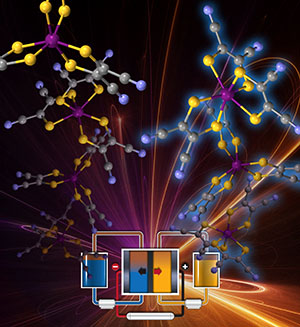 Neil Tomson
Neil TomsonChemistry, University of Pennsylvania
“The Problem with Solar Energy, and How to Fix It”
For decades, solar energy has been too expensive to compete with fossil fuels, but costs have dropped dramatically in the past few years. The latest estimates put the average cost of solar energy as low as 9 ¢/kWh. Combine this with the abundant supply (more solar energy hits the earth in one hour than humans use in a year!), and we are left wondering why energy providers cap their reliance on renewable sources at ~20% of what they produce. How can this be? What’s the bottleneck, and what can we do about it? This talk will explain the current state of the art in grid-scale energy storage. Supercapacitors, redox-flow batteries, and other technology can store solar energy generated during the day to provide consistent power through the night. The grid-scale implementation of these technologies would decouple renewable energy harvesting from demand, providing a feasible path forward for increasing our civilization’s reliance on sustainable energy sources.
